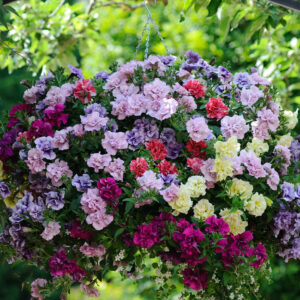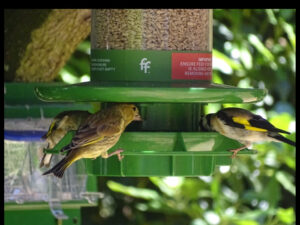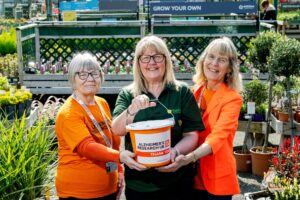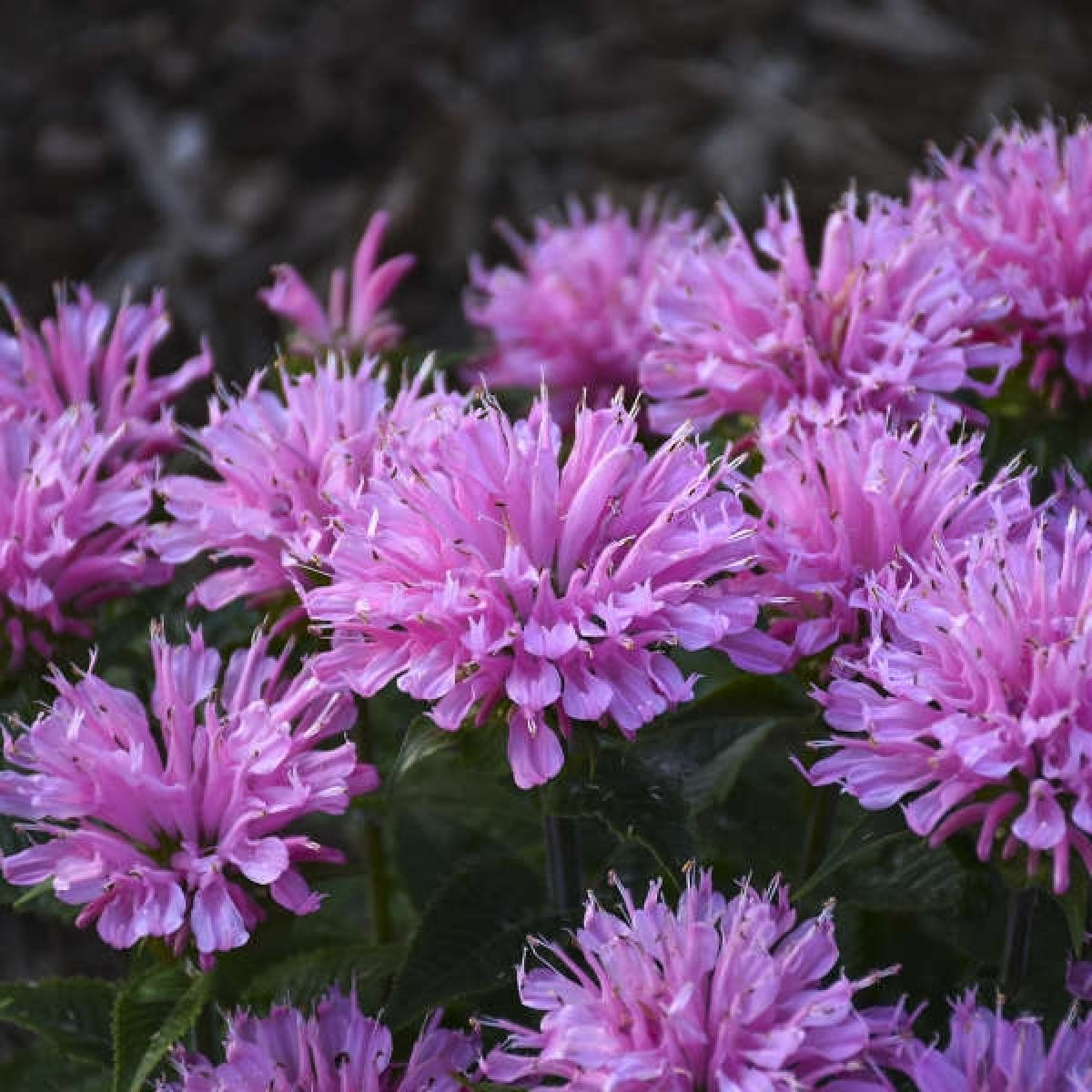

“Marquee” is a word bandied about a lot these days. It is used mainly in the football context to describe big money transfer and statement signings and purchases.
So what are the “marquee” plants? Trees don’t count,
Good cases could easily be made for rhododendrons hydrangeas, climbing roses, rose beds in genweral, everlasting sweet peas and even mallows.
For some it could be a patio banana plant (“musa”), a Dicksonia Antarctica giant fern, a family of impactful Cordylines ( “Torbay Red” or “Southern Splendour”, or perhaps a bougainvillea. All available mail order through the likes of J.Parker’s.
As well as equally “impactful” plants such
But perhaps few things beat seeing and hearing bees humming happily around lavender and over summer-flowering heathers , getting tucked into a foxglove and snackin on broad bean and runner bean blossom. And having fun insifr e atr Biz Pinks Whiote. Monarda Didyma ( netetr know as bee blam or bergamot) is always a styatem,tn plant. Perhap siwth opx eyed daisies nearby.
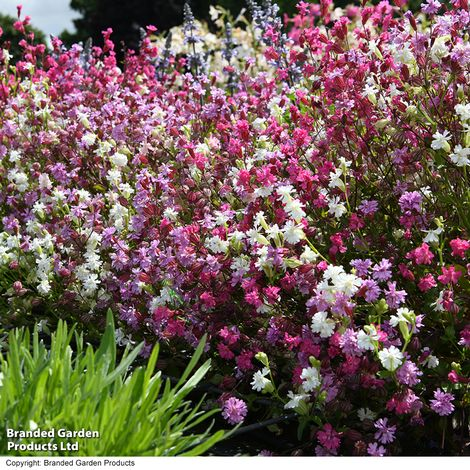
One in three mouthfuls of food we eat depends on pollination. So key polliantors should be the key “marquee” buy forevery gardener. Create a banquet for the 270 species of bees in the UK. For starters, offer them hyacinths m, hellbores and wid primrose
Followed by agapanthus and echinaceas (coneflowers) with some asters and Japanese anemone for late summer dessert. Offer your hairy-footed flower bee , white-tailed , buff-tailed, red-tailed bumblebees, honey bees, tawnty mining andicy mining bees an extensive nectar list.
Environmentalists encourage us to encourage beneficial insects with single-petal flowers such as daisies, dahlias and scabiousBottom of Form.
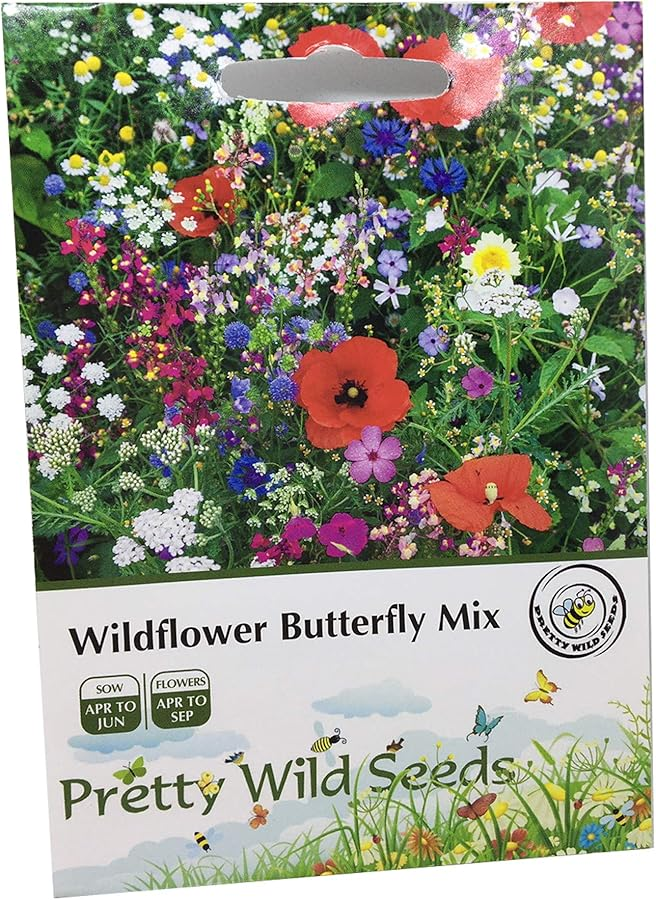
Single flowers have one row of daisy-like petals around the nectar-rich centre whereas double flowers make collection difficult.
Fauna plays a vital role in helping a healthy garden flora thrive. The positives of sending out pollen party invitations to insects and birds range from a reduction in soil-borne disease to fruit, veg plants being pollinated more effectively and less problem pests. So think :
- Achillea
- Allium
- Astrantia
- Berberis
- Buddleia (The Butterfly Bush)_
- Digitalis (Foxglove)
- Echinacea (coneflower)
- Eryngium
- Hawthorn hedges
- Hebe
- Hollyhock
- Ilex
- Lavender
- Monarda *( Bergamot)
- Mountain Ash ( rowan)_
- Ribes ( Flowering currant)
- Silene ( campion)
- Sunflower
- Viburnum
- Virginia Creeper
- Wild Graper
- Witch hazel
- Viburnum
For annuals think :
- Cosmos
- Borage
- Calendula
- Californian Poppy
- Cornflower
- Love In The Mist
- Poached Egg Plant
- Sunflower
Carnation don’t seem to have any attraction to anyone but homo sapiens!
Of course, it all depends on what wildlife you want to attract into your garden. To attract elephants, plant marula trees. For koalas and pandas plant eucalyptus. For giraffes, acacia trees.
Deer and goats aren’t fussy. They eat just about anything.
All you need now is a marquee pair of binoculars to identify all those bees.


